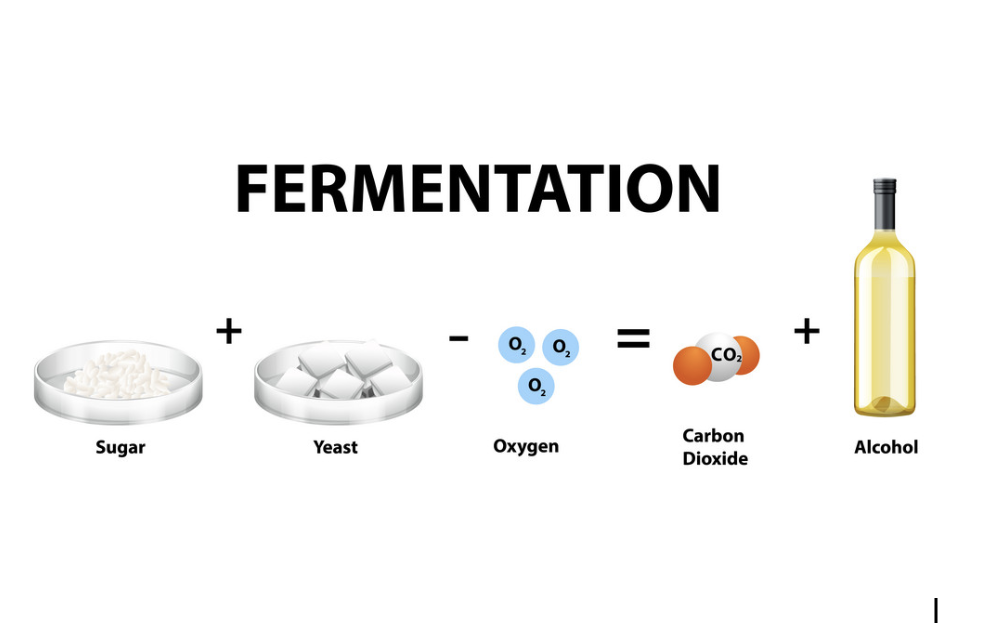PROBIOTICS

By-Julia DeLissio
Registered Dietitian and Certified Personal Trainer
Julia graduated from SUNY Oneonta in May of 2015, earning her B.S. in Dietetics. She then spent a few years working in a variety of gyms before matching to her Dietetic Internship. During that time, Julia cultivated a unique skill set from each gym. She began my journey at Crunch, where sh became interested in joint mobility and function. Julia then switched jobs to increase her education on anatomy and physiology, and become a personal trainer.
Julia clocked in over 150 hours of training under One-on-One Physical Therapy, while learning advanced anatomy through Equinox’s EFTI training program. She then relocated to Intoxx on Staten Island, where she single-handedly opened and ran a nutrition education department.
Prebiotics and probiotics are hot right now in the nutrition and wellness space, but does anyone actually know what they are? Do we think it is just a supplement? Do we know their benefits? All of these questions will be answered in this two part blog series on prebiotics and probiotics!
What are probiotics? Probiotics are live bacteria that provide a nutritional benefit. They are created via the fermentation process, which sugar is feasted upon by yeast in an environment that lacks oxygen.This is an anaerobic process, which means there is no oxygen involved. Think of this process like a sprint as opposed to a jog, there is no oxygen in a sprint, and we rely on lactic acid. When we jog, we can still breathe at a normal rate, making this an aerobic process. This then breaks down to produce carbon dioxide and alcohol. This is exactly why your kombucha tastes a little bit like a beer- it contains trace amounts of alcohol!

Image provided by vector stock images***
You may be thinking, why on earth would I want to consume fermented alcohol carbon dioxide? Even though it sounds unappealing, there are quite a few health benefits!
Probiotics contain live, active cultures that can live in our colon and increase the number of good bacteria living in our gut. The gut is responsible for much more than we think- our mental health and immunity is also tied into our gut health. If our gut is healthy, it can fight against pathogens that we consume. If it is weak, we will be more susceptible to illness. Adding probiotics into your regimen can improve your gut health and immunity. When we take antibiotics, they kill both populations of good and bad bacteria in the gastrointestinal tract. After a course of antibiotics, it would be a great idea to supplement with a probiotic to help replenish populations of good gut bacteria, leading to a healthier microbiome (bacterial environment and population).
At this point you have got to be wondering, well since these probiotics are so great, where can I find them? In short, either in a supplement form or as food. Since probiotics are generally fermented foods, it can be easy to recognize which foods are probiotics. Think of foods that can be kind of tart or contain a “sour” quality. Below is a list of some common sources of probiotics that you can incorporate into your diet.
| Probiotics |
| Apple Cider Vinegar* |
| Kimchi |
| Kombucha* |
| Tofu |
| Miso |
| Yogurt |
| Tempeh |
| Sauerkraut |
| Sourdough Bread |
*trace amounts, however certain brands and products may contain more than others
Now that we know all about what probiotics are and what foods contain them, let’s talk more about the names of the strains and types of good bacteria.
Lactobacillus and bifidobacteria are common bacteria found in probiotics
Lactobacillus acidophilus – yogurt, milk, miso, tempeh, and supplements
Lactobacillus helveticus with Bifidobacterium longum – kefir, yogurt, and supplements.
Lactobacillus helveticus – Italian and Swiss cheeses
Probiotics are also available in pills, powders, chewables, and certain fortified foods. The amount of probiotic bacteria in a product are denoted as “CFU’s”, which stands for
“Colony Forming Units”. It is important to note that more CFU’s does not always mean better!
Check for lactobacillus strains, USP supplement testing, and quality reviews. I recommend whole foods over supplementation, however I would say if you don’t enjoy these foods or have low access to a supermarket due to your location, a supplement would be better than nothing. If choosing a supplement, try to look for an NSF, USP or GMP label to make sure the product is pure in quality and was created in a supervised factory.
Since probiotics are delicate in structure being that they contain live bacteria, there are considerations in the timing of consumption. Probiotic bacteria can be killed by stomach acid (HCL), heat, and time- therefore taking the supplement on an empty stomach is a good idea.
Do not take them with food, this will stimulate HCL production and the acid will kill the bacteria, which are very sensitive. That being said, it is best to take them with water over your morning coffee, as the acidic environment can lead to some of the colonies dying.
Next week, I will be discussing the ins and outs of prebiotics, and we will merge the two concepts so that you can have an in-depth understanding of their unique differences as well as how they work together.
contact
PODCAST
Quick links
SIGN-UP FOR CLUB UPDATES
You must either be at least 18 years old or have parental permission to share your personal information with Worcester Fitness.


